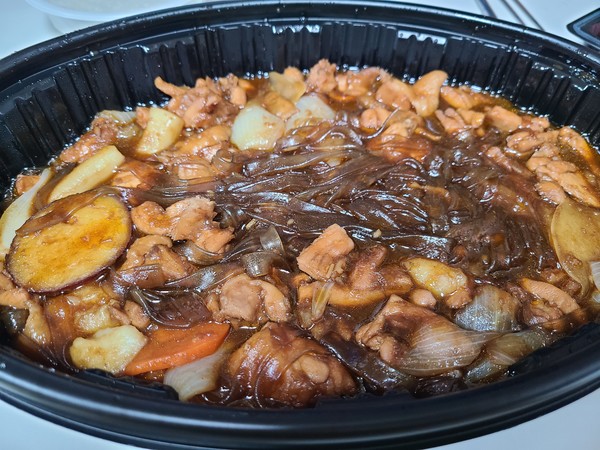If one were to ask South Koreans about their soul food, I wager a surprisingly large number of them would answer fried chicken, widely referred to by Koreans as “chicken”. This might not surprise those who are well accustomed to Korean culture, especially that of yasik, the Korean term for late night snacks. This national affection for fried chicken seems almost mysterious, yet its rise to popularity can be explained simply by the cuisine’s universal appeals — the simple yet striking taste of the tender and succulent meat, the crisp texture of its deep-fried batter, and the variety of flavors for you to choose from; at least that’s what the advocates say.
Undeniable, however, is the effect of social elements. The cheap price of fried chicken and South Korea’s well-established delivery services allowed it to become not only a staple night snack but also many Koreans’ go-to soul food. This momentum met unforeseen resistance, ironically from the fried chicken industry. With increasing demand for chicken, the fried chicken cartel has been steadily raising the prices; now the average price nears 30,000 KRW per dish.
This change shook the foundation of Korea, but I was rather unfazed. This is because I am one of the rare heretics of Korean society that dislikes fried chicken. Not that I hate chicken in general, I’ve just always preferred other methods of cooking over frying. My staple has always been jjimdak. Originating from the Andong province, jjimdak is a traditional Korean cuisine that braises chicken with an assortment of different vegetables. Over time, the culinary art of jjimdak has undergone a metamorphosis. From the original soy sauce-based flavor, different variations such as gochujang and rosé sauce flavors have been developed. Modern jjimdak also includes ingredients such as glass noodles and dumplings.

Over the few years I have spent in KAIST, I have come to enjoy the dish more extensively. With the established delivery system in Korea, I was able to enjoy jjimdak with my friends or by myself, a much more economical option in terms of both quantity and price — an egg of Columbus. Enthralled by the discovery, I have ordered jjimdak time and again — sometimes twice a day, sometimes amounting to eight times a week. Though my acquaintances were rather appalled by my unusual obsession with the dish, I was able to establish a pecking order of sorts for restaurants around KAIST that serve jjimdak.
First comes Happy Jjimdak. The strength of this diner lies in its simplicity. The diner’s jjimdak is an epitome of modern day jjimdak with its various flavors and ingredients including those previously mentioned. While not having a distinguished characteristic, Happy Jjimdak serves as a perfect introduction for those new to the dish. In addition, the portions are generous enough to order in a group setting. I usually order in Happy Jjimdak when I eat with more than four people; I recommend the traditional soy sauce flavor.
Another is Twozzim, one of the more established jjimdak franchises in Korea. Its strengths lie in the variety of menus. Twozzim’s menu is more versatile compared to those of others, and their sauces are well-received among customers. While most jjimdak franchises target customers who order in groups, Twozzim also provides single servings for customers who eat alone. This is where I usually order from when eating alone; I recommend their rosé jjimdak.
The last of my recommendations is Hello, Dak, which sells jjimdak and dakdoritang (which roughly translates to chicken stew). The uniqueness of the restaurant comes from the flavor of their broth, which is not as heavy as that of generic jjimdak franchises. They have also cut down on the high-fat toppings, giving a plain but deep flavor to their dishes. Considering the quality of the dishes, their price is also fairly cheap. I have tried both jjimdak and dakdoritang from Hello, Dak, but I rate the latter slightly higher.
Of course, my recommendations are subjective. There are more to the ecosystem of these diners I could not include. There are thousands in Korea and they might differ even within the same franchise. As for the others, you have the freedom to explore.
I think the key to enjoying jjimdak is knowing what you want. It’s a satisfying dish, but it may not be for everyone. I enjoy a full stomach after a meal, but there certainly are people who prefer lighter meals. In that case, order a smaller portion or share it with your friend. Even those who enjoy it may not want to have it too often; certainly not as much as I do. That’s why it’s important to make the most out of a jjimdak — choose from the diner you want, customize the toppings, discover what you like, and enjoy the food.

